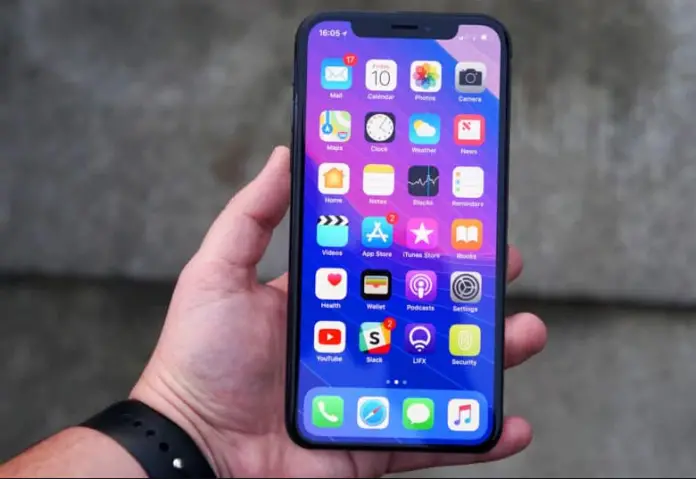Apple for years used Retina Display screens in their iPhone models and other devices, but to improve the iPhone 11 technology level they used an absolutely new variation of the screen: Liquid Retina Display, which is a type of LCD only Apple uses. Here are a few things you should know about these types of screens and their differences.
What Is a Retina Display?
First, we will take a look at a simple Retina Display. To explain it simply it’s a screen where there are so many pixels and they are so tightly packed next to each other that you can’t even see individual pixels or jagged lines on the screen. iPhone 4 was the first Apple device where Retina Display was introduced. Through the years this technology gained a lot of different improvements.
You should understand that there’s no special technology behind this name, from tech point of view they’re just LCD displays but with high resolution (a lot of pixels per inch).
What Is a Liquid Retina Display?
The main difference between Retina Display and Liquid Retina Display is the technology used to manufacture the screen. Also, this is the main difference between Liquid Retina Display in the iPhone 11 and Super Retina XDR Display in iPhone 11 Pro or for example Super Retina HD Display which used in iPhone XS and XS Max. The Liquid Retina Display was created by using Liquid Crystal Display (LCD), a standard type of screen common in computer monitors, laptop screens, smartphones, tablets, etc. It is a technology proven by time. The Super Retina XDR screen uses Organic Light Emitting Diode (OLED) screens, which are modern screen technology that delivers brighter colors, deeper blacks, and use less power than LCDs.
Liquid Retina Display vs Super Retina Display
There are some points, that differ these display types from each other. Here they are:
- Display Technology: Retina LCDs are manufactured using older LCD technology, rather than the newer OLED used in Super Retina XDR and HD displays.
- Contrast Ratio: The contrast ratio of liquid retina displays is 1,400:1. The Super Retina HD display has a ratio of 1,000,000:1, while the Super Retina XDR has a ratio of 2,000,000:1.
The contrast ratio affects the range of colors that can display the screen and the depth of its black.
- Pixel Density: Previous Retina displays have a pixel density of 326 pixels per inch (PPI) or 264 PPI (on iPad). Super Retina HD and XDR have a pixel density of 458 PPI.
- Level of Brightness: Liquid Retina Display maximum is 625 nits, and Super Retina XDR is able to give 800 nits.
- Battery Lifetime: LCD screens use much more power than OLED screens in the Super Retina HD and XDR screens due to their better energy-consuming technology.







Apple is good in marketing, though
They’re just taking technology and giving it another name to make it be better in our eyes. In fact that’s just LCD display, nothing more. Maybe it’s of high quality, but Apple isn’t even making it, it’s ordering it from Samsung as I remember